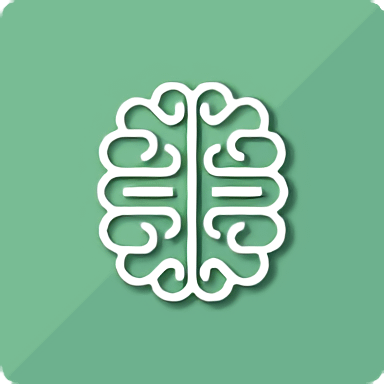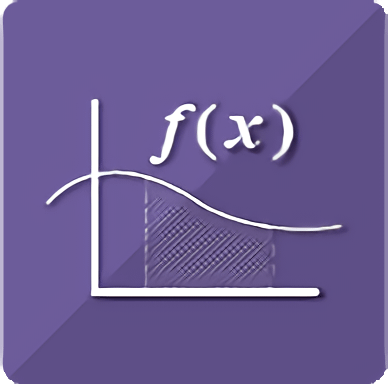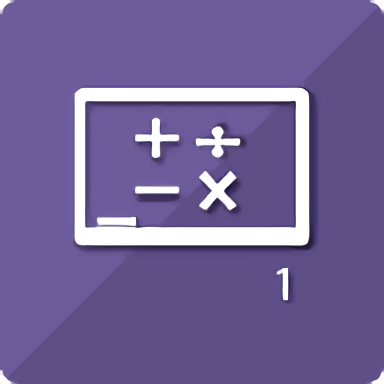- Home
- All Courses
- High School
- Anatomy and Physiology [Credit Recovery]

$250.00
Anatomy and Physiology [Credit Recovery]
Course Description
Why is the human body so complex? How do all of the different structures of the body work together? In Anatomy and Physiology, students survey the different systems of the human body, with an emphasis on the relationship between structure and function. The course begins by teaching the language of anatomy and familiarizing students with the building blocks of the human body: cells and tissues that combine to create the complex organs and support structures of the body. Students get to know their bodies inside and out, from the skin that covers and protects the entire body to the skeleton and the attached muscles that provide support and create movement. Moving deeper inside, students explore the cardiovascular, respiratory, urinary, and digestive systems, which work together to supply the body with nutrients and rid it of wastes. Students also learn how the nervous and endocrine systems respond to the environment and maintain a state of balance. Students study the reproductive system as they follow the development of a human from a single-celled zygote to a mature adult. Interwoven throughout many lessons is information about genetic diseases, dysfunctions, and ailments such as diabetes, HIV, and arthritis. By the end of this course, students will feel as if they have read the owner’s manual for their bodies.
Course Breakdown
Overall structure of the body
Cellular structure and function
Different types of tissues
Skeletal system
Muscular system
Cardiovascular system
Respiratory system
Digestive system Digestive system
Urinary system
Lymphatic system
Nervous system
Endocrine system
Reproductive system
Human development
Course Goals
Identify the regions and structural organization of the human body.
Describe the properties and functions of cells in the human body.
Summarize the properties, functions, and layers of skin.
Relate the structure to the function of the parts of the skeletal, muscular, cardiovascular, and respiratory systems. Describe the functions, properties, and features of the digestive, urinary, and lymphatic systems.
Relate the functions of the nervous and endocrine systems in controlling the functions of other systems.
Summarize the relationship between the structure and the function of the reproductive system of both sexes.
Investigate the process of human development and the role of the reproductive system in that process.
eCourses
Social share
Basic
Your choice of 1 eCourse-
eCourse selection from the following options:
• Core or elective high school or middle school eCourses
• Career Preparatory eCourses -
Access to Expert Teachers for Support
• Teacher graded assessments and feedback
• Enrollment Services
Standard
Your choice of 2 eCourses-
eCourse selection from the following options:
• Core or elective high school or middle school eCourses
• Project-Based Learning eCourses
• Career Preparatory eCourses -
Access to Expert Teachers for Support
• Teacher graded assessments and feedback
• Enrollment Services
• A personal learning coach
• Access to a lesson video library
Premium
Your choice of THREE eCourses-
eCourse selection from the following options:
• Core or elective high school or middle school eCourses
• Project-Based Learning eCourses
• Social-Emotional Learning eCourse
• Career Preparatory eCourses -
Instructional and Student Support Services
• Teacher graded assessments and feedback
• A personal learning coach
• Access to a lesson video library
• Three live instructional sessions per week or six hours of tutoring support





